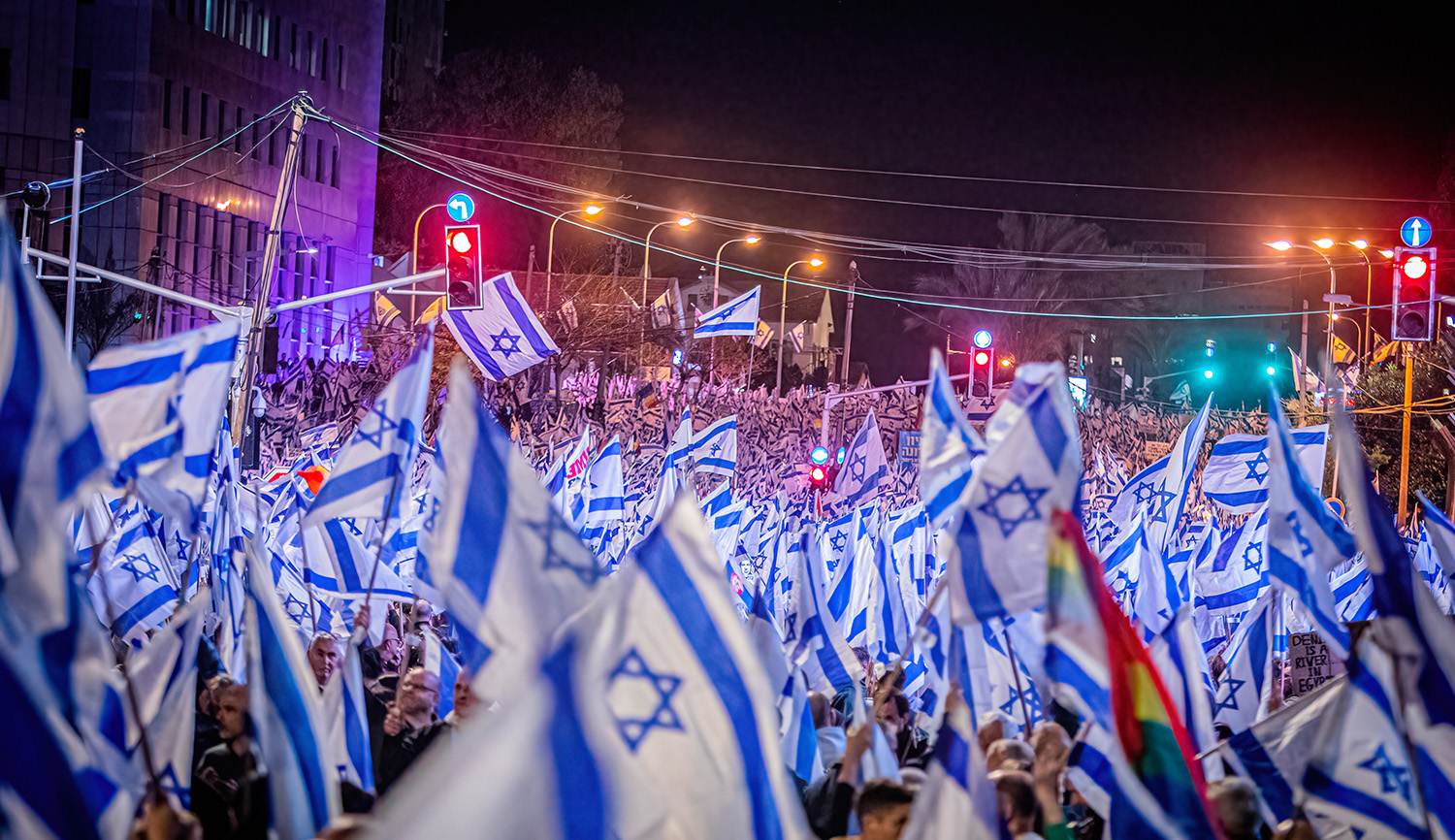Over the course of the pandemic, Jessica Shaw took on a project: identifying and retracing the route through which her father escaped Paris during the Holocaust. She writes:
By the time my father was born in 1934, the Jewish population in Paris had grown to about 200,000, most of whom, like my grandparents, were immigrants from Eastern Europe. Yes, there was anti-Semitism throughout the country (the Dreyfus Affair, when a Jewish soldier was wrongly convicted of treason, wasn’t that far in the past), but there was also a Jewish socialist prime minister in Léon Blum. Even as Hitler amassed power to the east and Kristallnacht shattered any notion that Jews would be safe in Germany, many Jews in France felt safe enough.
But by June 1940, Hitler’s army had defeated France, and with the Franco-German Armistice, the country was divided into the German-controlled north and the Vichy-controlled south, which, though independent, collaborated with the Nazis. The persecution came swiftly: in October that year, the military lay the groundwork of “Aryanization”: taking away Jewish businesses. The next year, six synagogues in Paris were bombed in one night. The Jews who stayed in France were ordered to wear a yellow star marked “Juif” by 1942, if they were not among the approximately 76,000 who were deported, primarily to the Auschwitz-Birkenau death camp in Poland.
The French government recognized the best-known Pyrenees crossing, the “Chemin de la Liberté” or “Freedom Trail,” 50 years after the war ended, as an official path of escape during World War II. Several adventure-travel companies in Europe now offer guided group trips across the route, often for those wanting to commemorate a relative’s journey. The hikes begin in Saint-Girons, France, in the Pyrenees foothills, about 50 miles south of Toulouse, and meander through forests, boulder fields, and the occasional snowy mountain top to altitudes of 8,000 feet before crossing the border into Vielha, Spain.
More about: French Jewry, Holocaust, Vichy France


